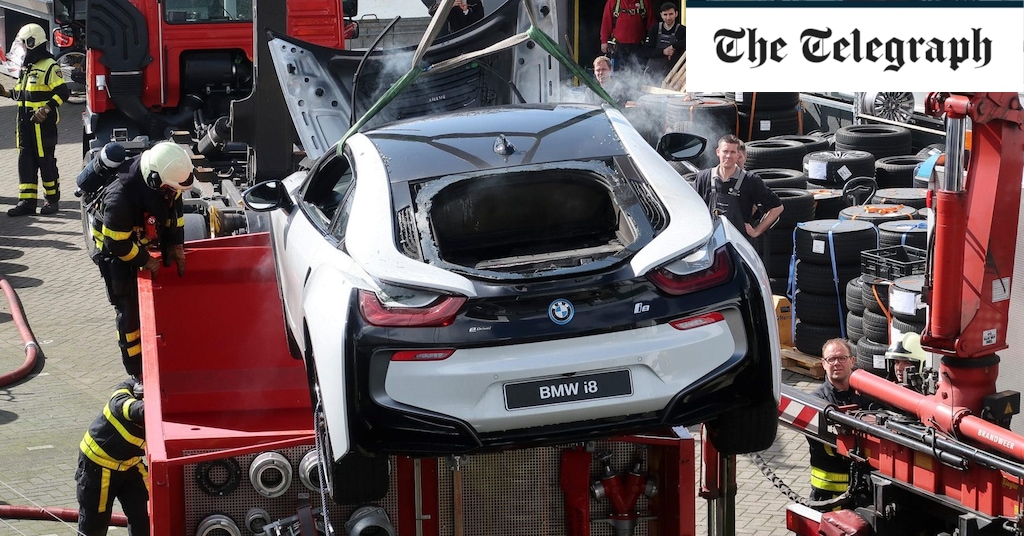See hereSee hereI see in the press there are suggestions being made that car park spaces will need to be made bigger in order to facilitate quicker/easier access/greater safety in the event of an EV fire.

 www.telegraph.co.uk
www.telegraph.co.uk
Thinking about the existing "6m rule" on CMC sites does that mean they will think about the possiblity of prohibiting EV's from being parked alongside pitched caravans?
Just a bit of a devil's advocate thought

Car parking spaces will have to be bigger because of electric car fires
1960s-era fire safety laws could be inadequate to tackle risks from EV batteries, says report
Thinking about the existing "6m rule" on CMC sites does that mean they will think about the possiblity of prohibiting EV's from being parked alongside pitched caravans?
Just a bit of a devil's advocate thought
Last edited:

